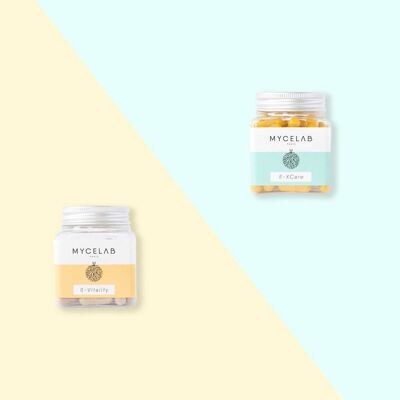


In Tibet, Cordyceps were exclusively reserved for the Dalai Lama himself, while in China, only the Emperor and his courtiers could benefit from its benefits. Legend has it that Cordyceps was discovered thanks to the yaks and goats raised by the Tibetans. The animals were then stronger and more vigorous after having “grazed” on Cordyceps. Cordyceps became known in the West during the 1976 Olympic athletics games where a Chinese athlete won the long-distance running events. This athlete then declared that his victory had been possible thanks in particular to his consumption of Cordyceps, allowing him to considerably increase his resistance to effort. Cordyceps is particularly appreciated in sports circles where it helps increase physical and mental capacities Cordyceps is a medicinal mushroom known for its richness in natural active biomolecules. These components include beta-glucans, ergosterol or provitamin D, essential amino acids, as well as linoleic and linolenic acid. It also contains other vitamins and minerals. This mushroom is also studied for its content of cordycepin, cordycepic acid and adenosine which make this mushroom unique. In traditional Chinese medicine, Cordyceps is used for its purported beneficial qualities, including support during convalescence and general enhancement of well-being. Today, the potential of Cordyceps is being studied in several areas including musculoskeletal health, reproductive and sexual health as well as its role in the metabolic-endocrine system. Proven therapeutic actions: Cardiovascular action Increases general energy and resistance to fatigue Renal protector Antithrombotic Cardiotonic Respiratory action Reinforcement of the IS Antiviral Immunomodulator Antioxidant Hepatoprotective Aphrodisiac Antidepressant Anti-senility
























